Sundarbans badly damaged by Cyclone Yaas
Sundarbans, the world's largest mangrove forest straddling both Bangladesh and India and home of the endangered and elusive Royal Bengal Tiger, was badly damaged by the tidal waves and strong winds of Cyclone Yaas, during its landfall in the eastern Indian state of Odisha
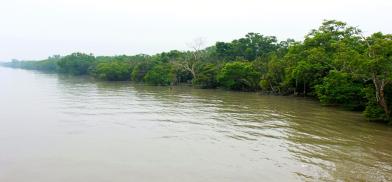
Sundarbans, the world's largest mangrove forest straddling both Bangladesh and India and home of the endangered and elusive Royal Bengal Tiger, was badly damaged by the tidal waves and strong winds of Cyclone Yaas, during its landfall in the eastern Indian state of Odisha.
Several ships, watchtowers, roundhouses in the forest, roads and foot rails were wrecked by 5-6ft high tidal surges. At least four Chital deer were reported to have drowned in the tidal waters, Dhaka Tribune reported.
Freshwater ponds in the Sundarbans have become salinated after tidal surges flooded most parts of the mangrove forest with seawater.
The Sundarbans forest covers an area of around 10,000 square km. Forests in Bangladesh's Khulna Division extend over 6,017 square km while the Indian part is located in Kolkata's neighboring North 24 Parganas and South 24 Parganas districts, and cover 4,262 sq km.
Forest officials say flooding of freshwater ponds will create a scarcity of fresh drinking water for both people and wildlife in and around the forest.
Forest Conservator (Khulna Zone) Moinuddin Khan said: “Forest officials were put on high alert after wild animals, including deer, were swept away in the tidal waters. Community groups have also been mobilized and asked to step up surveillance.
“Besides, a range-based committee has been formed to assess the loss of forest resources and wildlife. The Forest Department is working with the affected people on overall issues including protection of forest and wildlife resources .”
The tidal waters damaged 19 jetties, six vessels (trawlers), two roundhouses, a foot rail, a watchtower, four staff barracks and a rest house in the eastern Sundarbans, confirmed Mohammad Belayet Hossain, divisional forest officer of the Sundarbans East Forest Department.
Azad Kabir, officer-in-charge of the Karamjal Wildlife Breeding Centre, said: “Two crocodile sheds were destroyed in the tidal water with strong winds. But no animal in the center was harmed as they moved the animals to a safe place as soon as the water level started rising. Considering the strength of the cyclone it is highly likely that more animals may have died.”
Four dead deer and three live ones have been found from the Sundarbans and its vicinity in two days.
Meanwhile, Abu Naser Mohsin Hossain, the divisional forest officer, said: “The only source of fresh water in the Sundarbans was the ponds. Flooding of the freshwater ponds in the mangrove forest will create a scarcity of drinking water for both people and wildlife in and around the forest.”
The region has garnered international attention for man-animal conflicts as well as its residents’ daily battle against climate change.
Besides the Royal Bengal Tiger, the region is also known for Monitor Lizard, Estuarine Crocodile, Olive Ridley Turtle and other fauna.
(SAM)



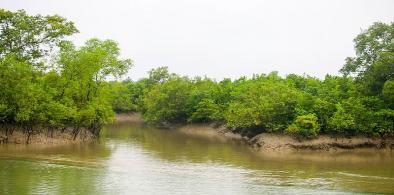
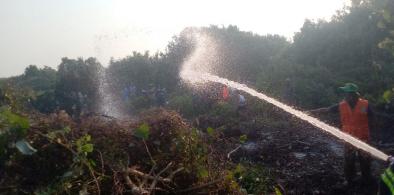
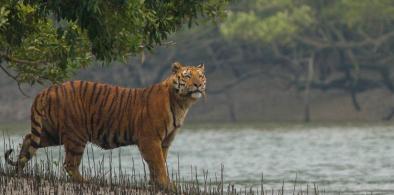
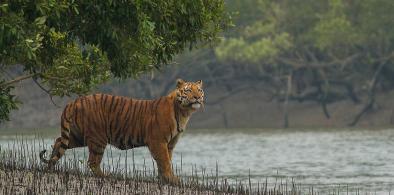

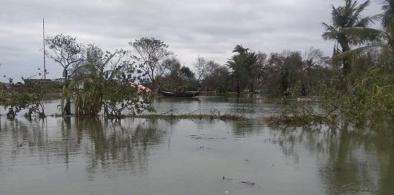







Post a Comment